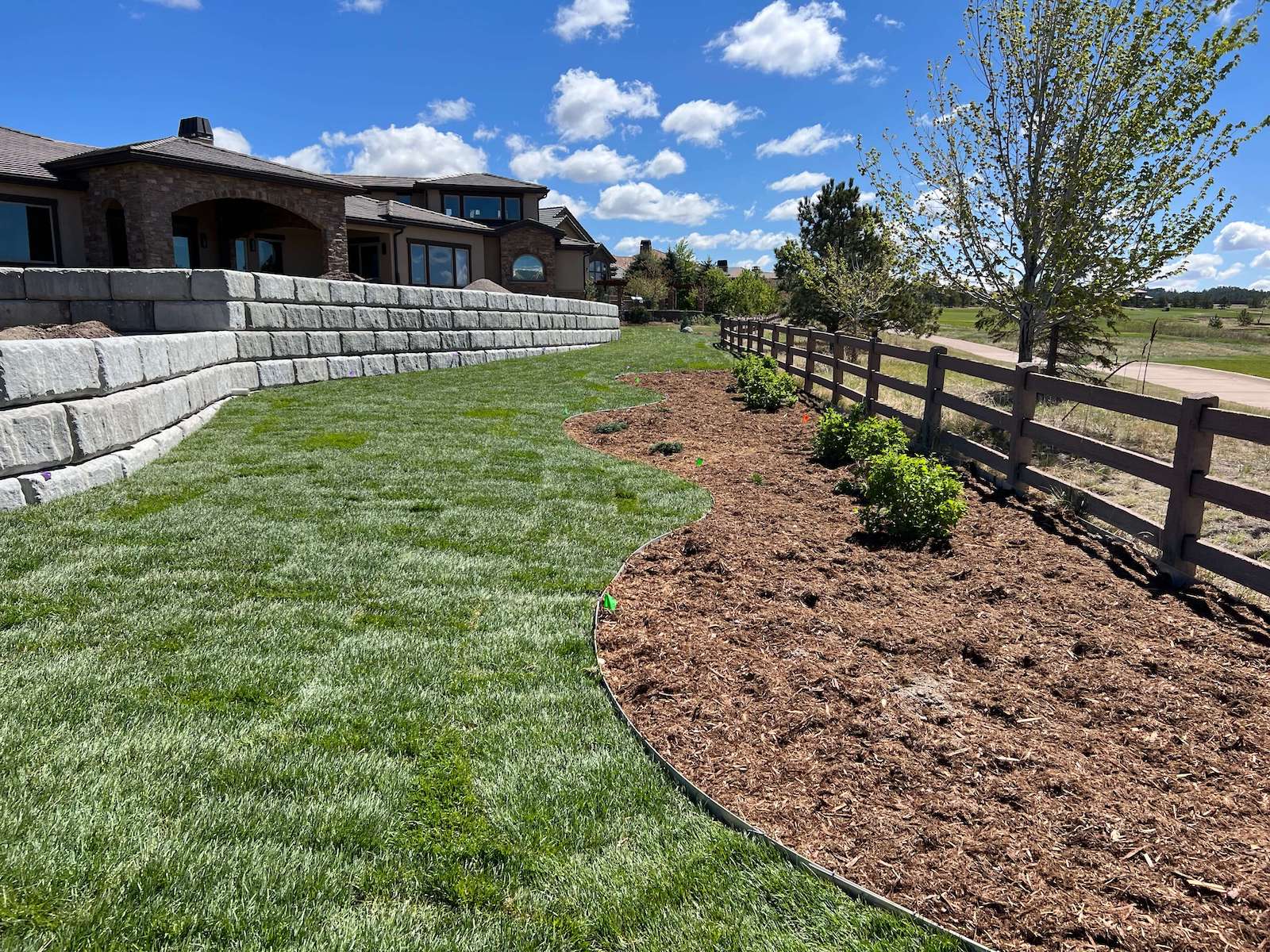What Does Hilton Head Landscapes Do?
What Does Hilton Head Landscapes Do?
Blog Article
The 20-Second Trick For Hilton Head Landscapes
Table of ContentsAn Unbiased View of Hilton Head LandscapesA Biased View of Hilton Head LandscapesOur Hilton Head Landscapes StatementsAll about Hilton Head LandscapesWhat Does Hilton Head Landscapes Do?Hilton Head Landscapes Fundamentals ExplainedThe smart Trick of Hilton Head Landscapes That Nobody is Discussing
Line produces all kinds and patterns and can be used in a variety of methods the landscape. Line in the landscape is developed by the side in between two materials, the outline or silhouette of a type, or a long straight attribute. Lines are an effective device for the designer due to the fact that they can be used to develop an infinite range of shapes and types, and they regulate motion of the eye and the body.

Lines can have several qualities, such as those described below, but they generally serve different purposes. Figure 1. Lines in the landscape - landscapers in bluffton sc. The properties of lines identify how people reply to the landscape, both emotionally and literally. Straight lines are structural and forceful; they develop a formal character, are generally connected with a symmetrical layout, and lead the eye straight to a centerpiece.
Unknown Facts About Hilton Head Landscapes
Straight lines are usually located in hardscape sides and material. Bent lines develop a casual, natural, unwinded character that is linked much more with nature and unbalanced equilibrium. Rounded lines relocate the eye at a slower pace and add secret to the room by producing hidden views. Upright lines relocate the eye up, making a room really feel bigger.
Vertical lines in the landscape consist of tall, slim plant product, such as trees, or high structures, such as an arbor or a bird residence on a pole. Horizontal lines move the eye along the ground plane and can make an area really feel bigger. Reduced lines are much more controlled and produce a sensation of remainder or repose.
The Best Guide To Hilton Head Landscapes
Reduced lines are developed by low yard walls, walkways, and short bushes. Lines are used to draw kinds on a plan. In plan sight, they define plant beds and hardscape areas. Lines are likewise produced by the vertical kinds of developed functions and plant material. There are three primary line types that produce kind in the landscape: bedlines, hardscape lines, and plant lines.
Bedlines attach plant material to your house and hardscape because the eye complies with the line, relocating the look via the landscape. Hardscape lines are developed by the edge of the hardscape, which marks the constructed structure. Line can additionally be produced by long and slim materials, such as a fencing or wall.
How Hilton Head Landscapes can Save You Time, Stress, and Money.
Form is discovered in both hardscape and plants, and it is normally the leading aesthetic element that spatially organizes the landscape and usually determines the style of the garden. The type of structures, plant beds, and yard accessories additionally identifies the general type theme of the yard. Official, geometric kinds consist of circles, squares, and polygons.
Plants develop form in the yard via their describes or silhouettes, yet kind can also be specified by a gap or negative area in between plants - hilton head landscapers (https://www.4shared.com/u/jPjMNmnZ/stevenagonzales.html). Circles can be full circles, or they can content be divided right into half circles or circle sections and combined with lines to develop arcs and tangents
All About Hilton Head Landscapes
Circles can likewise be extended into ovals and ellipses for more variety and rate of interest. Circles are a solid design kind since the eye is always attracted to the center, which can be made use of to emphasize a centerpiece or link other types. Figure 2. Circular types in hardscape and yard panels.
The square type can additionally be segmented and pre-owned continuously to produce a grid pattern. Unlike circles, squares are more powerful on the edges, which can be lined up or overlapped to develop unique patterns and more complex forms.
Meandering lines frequently simulate the all-natural training course of rivers or streams and can be explained as smooth lines with deeply bent wavinesses. Meandering lines (Number 3) work well for pathways, plant bedlines, and completely dry stream beds. Twisting lines can add rate of interest and enigma to a garden by leading viewers around edges to uncover new views and areas.
The Single Strategy To Use For Hilton Head Landscapes

Common plant forms are well established and standard, as kind is the most constant and well-known characteristic of plants. Type can likewise be produced through the massing of plants, where the total mass produces a different form than a private plant.
A highly different kind has to be utilized with careone or more work well as a focal point, however also many wreak havoc. All-natural plant kinds, instead of over-trimmed forms, ought to establish the mass of the make-up. The relevance of general type is essentially based on the watching perspectivethe kind of a tree can appear quite various to an individual standing under the canopy versus seeing the tree from a range in an open field.
Hilton Head Landscapes for Dummies
Plant kinds additionally develop and define deep space or open areas between the plants, creating either convex or scooped types in the voids. High-arching tree branches commonly produce a concave open area under the branches, and a round canopy with reduced branches fills up the space to develop a convex type in the open area under the tree.

Report this page